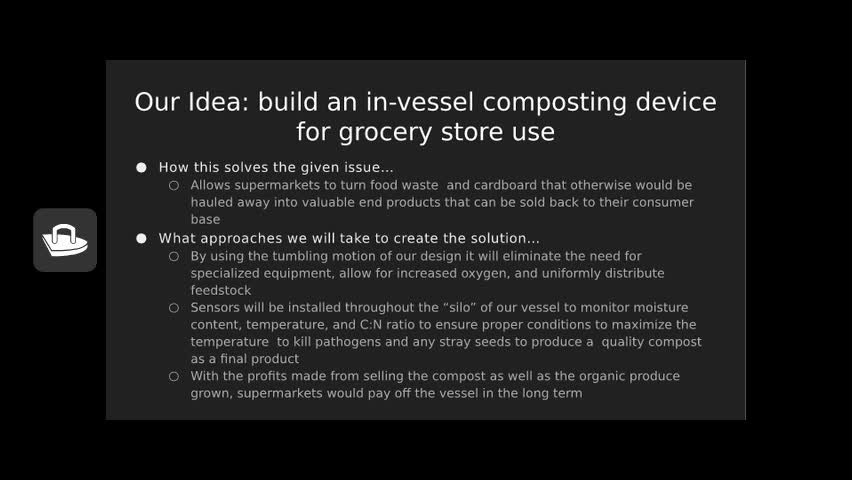Search Results
Results for: 'USDA Northeast Sustainable Agriculture Research and Education Program'

Sugar makers rely on healthy, abundant maple trees to provide sap each spring. Taken together a group of maple trees managed for sap collection is called a sugarbush. Developing a healthy, productive sugarbush takes time and effort. Forests are hi...

The sugaring season has been over for a while. Maple trees ended their annual period of dormancy when their winter buds broke, allowing new leaves to emerge. These lush green leaves are now working to produce all the energy needed for the tree to ...

Summer is here and for maple sugar makers that means contest time. Entering syrup in a contest is a great way to show off your product, make sure your syrup meets standards and earn a class winner or best is show ribbon. There are a few things to ...

Maple trees managed for sap production remain part of a forest ecosystem. Forest ecosystems are complex communities of plants, animals and microbes all interacting with their physical environment and climate. Forests are especially competitive env...

Producing pure maple syrup is a time honored tradition in Vermont. Whether you are a large producer filling drums and selling on the bulk market or a backyard producer making just enough for family and a few lucky friends, syrup quality is critica...

Culinary Innovation on the Farm
AUDIO ONLY -Farmers and chefs are part of a long history of innovation -- in technique, production, and taste -- to express culture through cooking and to grow ingredients that perform and delight. All traditions were once innovations. There is a...

Movement is observed, copied, and passed on. It is learned, challenged, and changed by each generation. We are born movers and we are changed by the movement we make and the movement we see. Watching children move changes the way that I see moveme...

Technologies and Processes Group A--Challenge Innovation Project--Composting Ecology and Management--Professor Neher Bay Burnham Francis Cundari Kyle Dorsey

As late summer progresses so-called late-season defoliators are beginning to become visible in Vermont woods. Two such insects are maple leaf cutter and maple trumpet skeletonizer. The first report of damage from maple leaf cutter was in 1911 when...